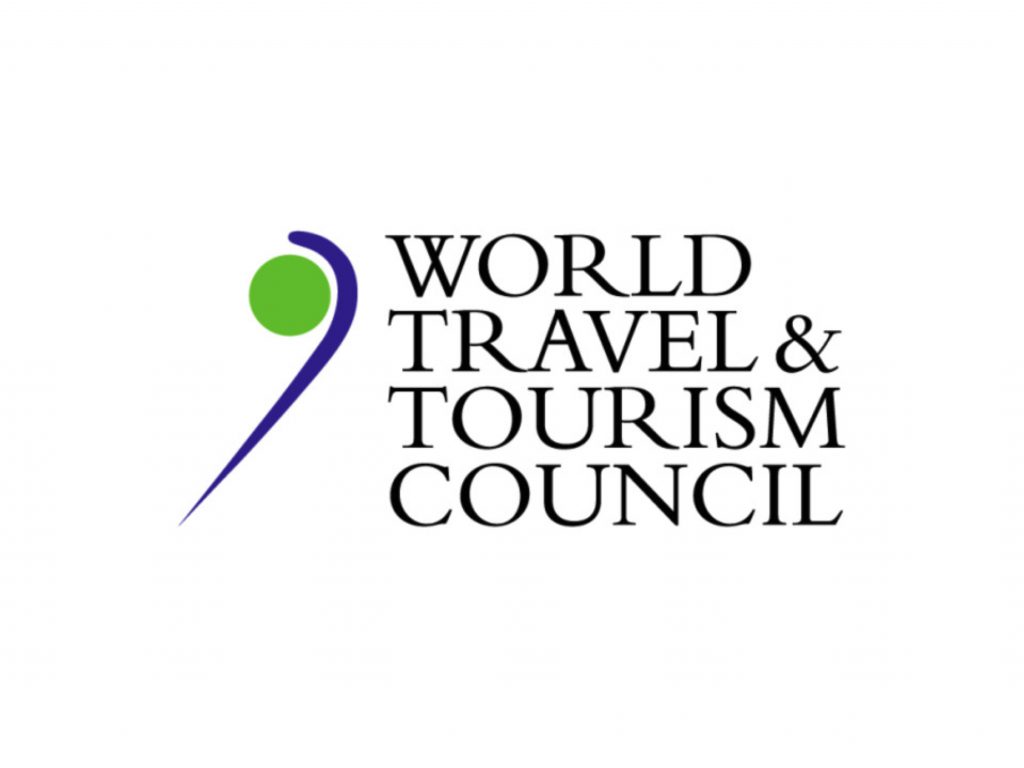LONDON, 8 October 2021: Global Travel & Tourism continue a sluggish recovery that will see its year-on-year contribution to GDP rise by less than one third in 2021, according to new research from the World Travel & Tourism Council (WTTC).
WTTC, which represents the global Travel & Tourism private sector, says the recovery of the sector has been hampered by the lack of international coordination, severe travel restrictions and slower vaccination rates in some parts of the world, which still hamper many regions of the world.

In 2019, the Travel & Tourism sector generated nearly USD 9.2 trillion to the global economy. However, in 2020, the pandemic brought Travel & Tourism to an almost complete standstill, which resulted in a 49.1% drop, representing a punishing loss of nearly USD$ 4.5 trillion.
While the global economy is set to receive a modest 30.7% year on year increase from Travel & Tourism in 2021, this will only represent USD 1.4 trillion and is mainly driven by domestic spending.
The economic modelling was conducted by Oxford Economics on behalf of WTTC and calculated a baseline scenario based on the current global vaccination rollout, consumer confidence and relaxed travel restrictions in some regions around the world.
The research reveals that at the current rate of recovery, Travel & Tourism’s contribution to the global economy could see a similar moderate year on year rise of 31.7% in 2022.
Last year, WTTC revealed the loss of a staggering 62 million Travel & Tourism jobs around the world and with the current pace of recovery, jobs are set to rise by only 0.7% this year.
Similarly, research shows a more hopeful potential year-on-year jobs rise across the sector next year, by a positive 18%.
WTTC President & CEO Julia Simpson said: “Our research clearly shows that while the global Travel & Tourism sector is beginning to recover from the ravages of Covid-19 there are still too many restrictions in place, an uneven vaccine rollout, resulting in a slower than expected recovery of just under a third this year.
“Last year, 62 million Travel & Tourism jobs were lost globally, and our data shows a rise of a meagre 0.7% this year. While next year is looking more positive in terms of the global economy and jobs, the current rate of recovery is not fast enough and is, for the most part, driven by domestic travel, which will not achieve a full economic recovery.
“If governments can start looking internationally and support Travel & Tourism with simplified rules to enable the safe return of travel, there is the opportunity to save jobs and boost economic wealth”.
According to the research, the sector’s contribution to global GDP and the rise in jobs could be more positive this year and next if the following measures are met.
How to save jobs
Allow fully vaccinated travellers to move freely, irrespective of their origin or eventual destination, removing complex tiered systems.
Implement digital solutions that enable all travellers to prove their Covid status easily, speeding up the process at borders around the world.
Recognition of all vaccines authorised by the World Health Organisation (WHO) and/or any Stringent Regulatory Authorities (SRA).
Agreement from all relevant authorities that international travel is safe with enhanced health and safety protocols.
The future could be brighter
The research shows that if these four vital rules are followed before the end of 2021, the impact on the global economy and jobs could be significant.
According to the data, the sector’s contribution to the global economy could jump by 37.5% – reaching USD 6.4 trillion this year (compared to USD 4.7 trillion in 2020).
However, there is still hope if restrictions continue being lifted and with more international cooperation, governments could bring back nearly 19 million jobs before the year ends (up 6.8%).
The trend continues into next year when the sector’s contribution to the global economy could see a year on year rise of 34%, reaching USD 8.6 trillion, close to 2019, a record year for Travel & Tourism. Similarly, jobs could surpass 2019 levels – up 20.1% year on year, to more than 349 million.
(SOURCE: WTTC)







